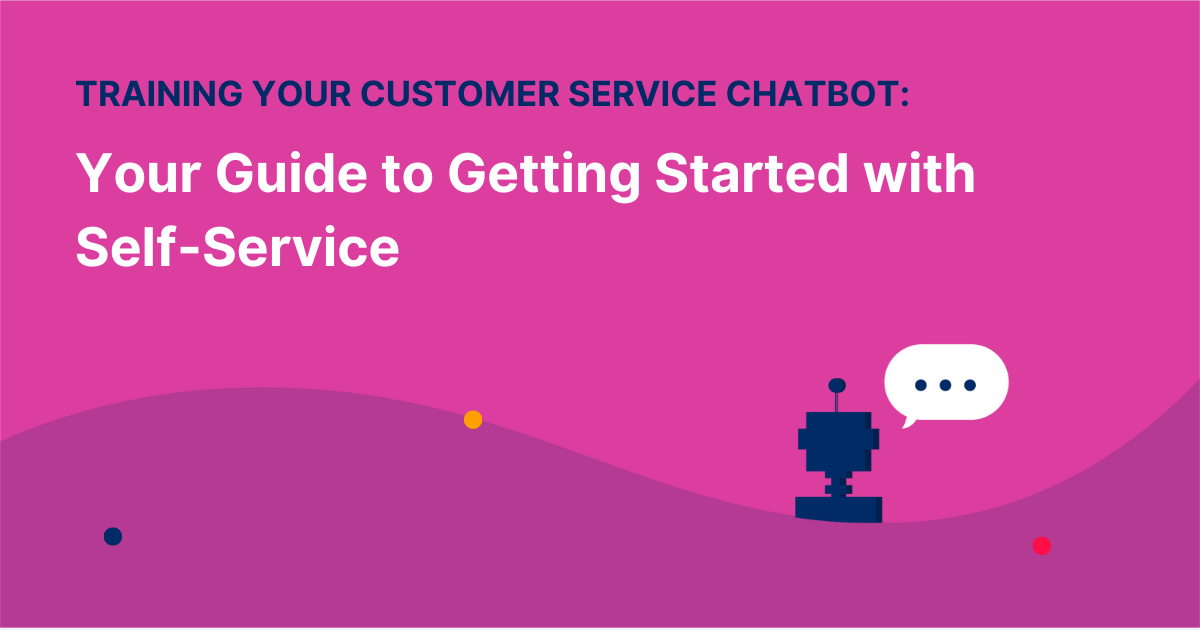Implementing a customer support chatbot powered by artificial intelligence (AI) can be a game-changer. We’ll walk you through the steps to train a customer support chatbot in this guide. By the end of this article, you’ll have the knowledge and tools to begin your chatbot journey confidently.
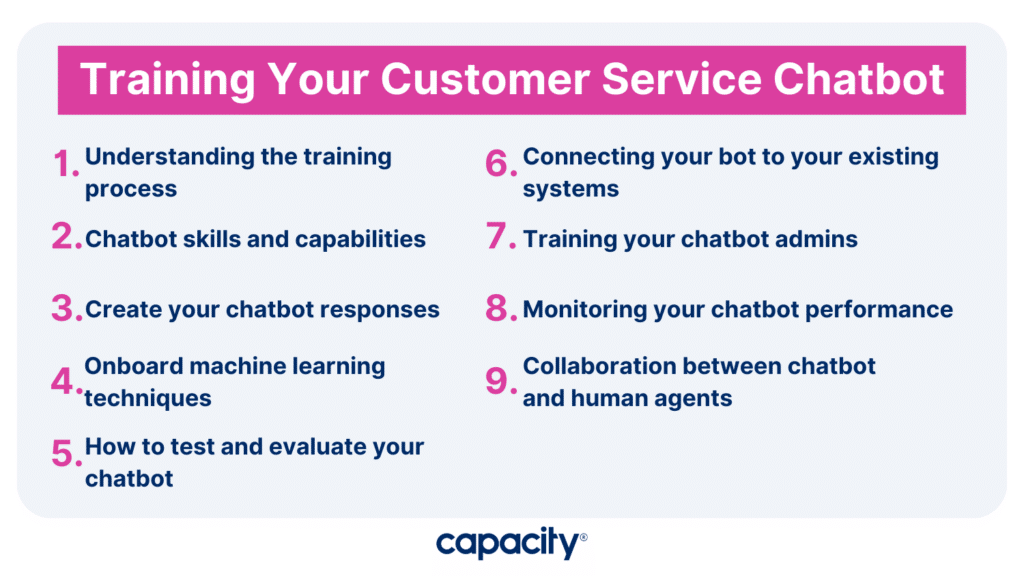
Understanding the training process
It’s essential to understand the training process. Customer support chatbots rely on machine learning algorithms to understand queries. You’ll provide labeled training data that the chatbot will use to learn patterns and generate responses. This iterative process allows the chatbot to improve its accuracy and performance.
You’ll need a dataset of labeled examples representing different customer queries to begin the training process. These examples will be the foundation for teaching your chatbot to recognize patterns and generate appropriate responses. Start by categorizing the questions into different intent categories, such as product information, troubleshooting, or account inquiries.
Defining your chatbot skills and capabilities
To train your chatbot effectively, you must define its skills and capabilities. Identify the specific areas in which you want your chatbot to assist customers. Whether it’s answering frequently asked questions, providing product recommendations, or troubleshooting common issues, clearly understanding your chatbot’s purpose will guide the training process. Remember, 70% of customers expect company websites to include some form of customer self-service platform.
Once you have identified the skills and capabilities, you can further break them into smaller tasks or sub-skills. For example, if your chatbot answers product-related queries, you can define sub-skills such as retrieving product information, checking stock availability, or providing pricing details. You can train your chatbot to handle each task by breaking down the skills.
Create your chatbot responses
Next, it’s time to create the responses your customer support chatbot will deliver to customer queries. Start by compiling a list of frequently asked questions and common customer inquiries. According to the Harvard Business Review, 81% of customers try to take care of issues themselves before reaching out to a live agent. This is an important statistic to remember while crafting clear and concise responses that address these queries timely and effectively. Consider using a conversational tone and familiar language to make the interactions more natural and engaging for your customers.
When creating responses, aim for a balance between being informative and concise. Avoid long, complex sentences and use bullet points or numbered lists when appropriate to present information in a digestible format. Remember to focus on providing value and addressing customer needs promptly.
Onboard machine learning techniques
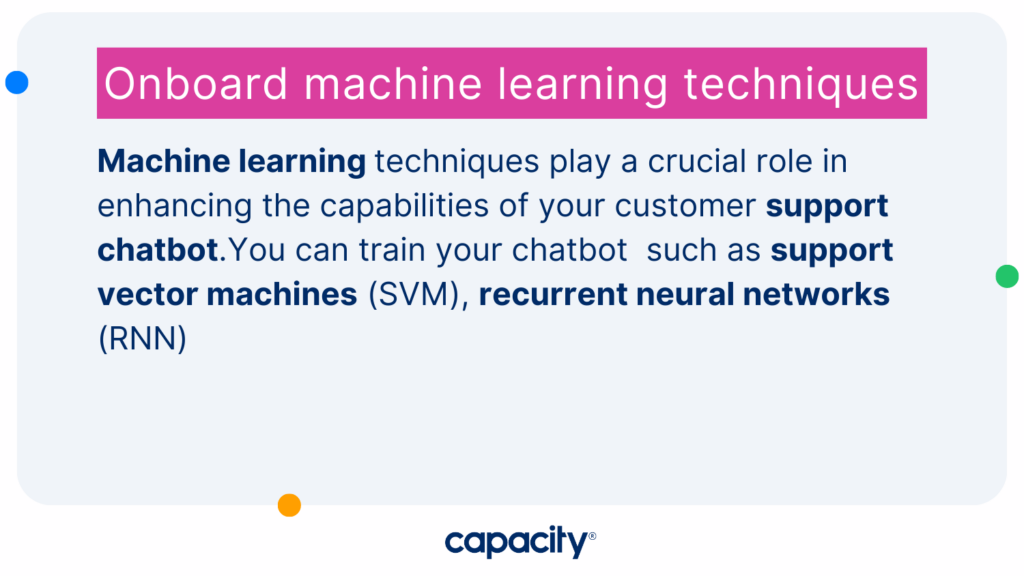
Machine learning techniques play a crucial role in enhancing the capabilities of your customer support chatbot. Using natural language processing (NLP) and sentiment analysis algorithms, your chatbot can understand user intent and sentiment to deliver more accurate and personalized responses. Train your chatbot to recognize different customer queries and provide appropriate answers based on the context.
You’ll need to preprocess and analyze your training data to incorporate machine learning techniques. This involves tokenizing and cleaning the text, removing stopwords, and converting the text into numerical representations that the machine learning algorithms can understand. Popular libraries like NLTK (Natural Language Toolkit) or spaCy can be used for these preprocessing tasks.
You can train your chatbot using various machine learning algorithms such as support vector machines (SVM), recurrent neural networks (RNN), or transformer models like BERT (Bidirectional Encoder Representations from Transformers). These algorithms learn from the labeled examples and build models that generalize and respond accurately to unseen customer queries.
How to test and evaluate your chatbot
Testing and evaluating your chatbot throughout training is crucial to ensure its accuracy and effectiveness. Develop a robust testing framework to assess the chatbot’s performance and identify areas for improvement. Start by creating a diverse set of test queries covering different intents and customer language variations. This allows you to evaluate how well your chatbot handles different scenarios.
During the evaluation phase, measure key metrics such as accuracy, precision, recall, and F1 score to gauge the chatbot’s performance. Additionally, collect feedback from users who interact with the chatbot and use their input to refine the training data and improve the customer support chatbot’s responses. Regularly iterate and retrain the chatbot to enhance its performance based on user feedback and evolving customer needs.
Connecting your bot to your existing systems
Connecting your bot seamlessly with your existing systems and databases is essential to maximize its effectiveness. Integration with your customer relationship management (CRM) system, knowledge base, or ticketing system allows the chatbot to access relevant customer information and provide personalized assistance. This integration streamlines the support process and enables your chatbot to provide accurate and up-to-date information to customers.
Consult with your IT team or software developers to establish the necessary APIs and connections between your chatbot and existing systems. Ensure the chatbot has secure access to the required data while adhering to privacy and protection regulations.
Training your customer support chatbot admins
As you train your customer support chatbot, you must empower your chatbot admins with the necessary skills to manage and maintain the chatbot effectively. Provide comprehensive training and documentation on monitoring the chatbot’s performance, updating responses, and handling exceptional scenarios.
By training your customer support chatbot admins, you can ensure they are equipped to handle any issues that may arise and continuously optimize the chatbot’s performance. Encourage ongoing learning and provide resources for staying up-to-date with the latest advancements in chatbot technologies and best practices.
Monitoring your chatbot performance
Monitoring the performance of your customer service chatbot is an ongoing process. Implement mechanisms to track key performance indicators (KPIs) such as response time, user satisfaction ratings, and the percentage of queries resolved by the chatbot. Regularly review these metrics to identify areas for improvement and fine-tune your chatbot’s training.
Additionally, use analytics tools to gain insights into user behavior and patterns. Analyze user interactions, popular queries, and areas where the customer support chatbot may struggle to respond satisfactorily. This data-driven approach helps you better understand customer needs and refine your chatbot’s training.
Ensuring collaboration between your customer service chatbot and your human agents
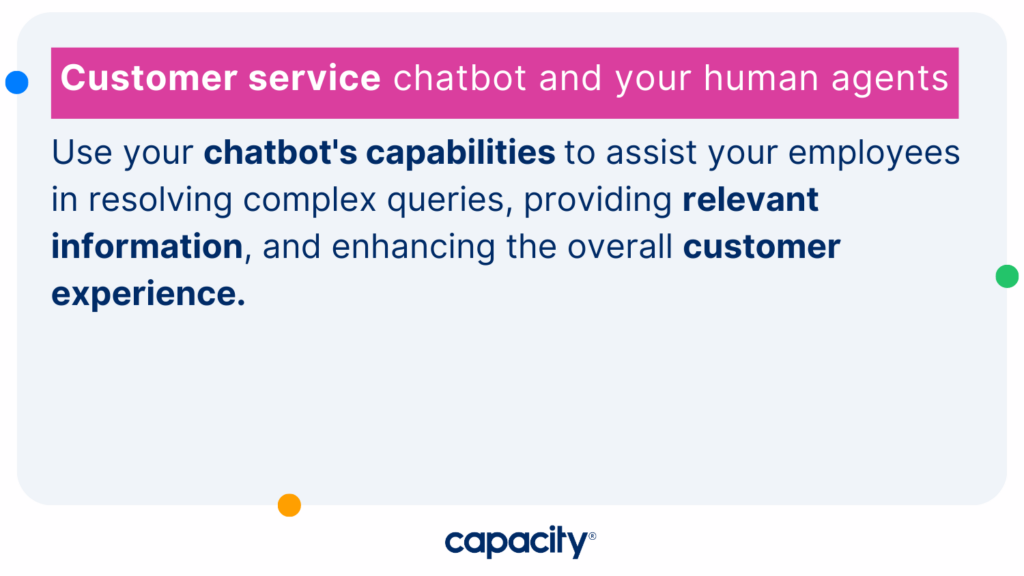
A successful chatbot implementation involves seamless collaboration between your customer support chatbot and human agents. Establish clear communication channels and processes to enable effective handoffs between the chatbot and human agents when necessary. Use your chatbot’s capabilities to assist your employees in resolving complex queries, providing relevant information, and enhancing the overall customer experience.
Training your customer support chatbot is a journey that requires careful planning, ongoing refinement, and collaboration between your IT and customer service teams. By using AI technologies, defining your chatbot’s skills, creating accurate responses, continuously monitoring and evaluating its performance, and fostering collaboration with human agents, you can unlock the potential of self-service and provide a seamless customer experience. Embrace the opportunities offered by customer service chatbots and empower your business to deliver exceptional customer support.
Ready to get started with self-service? Try Capacity now for free!
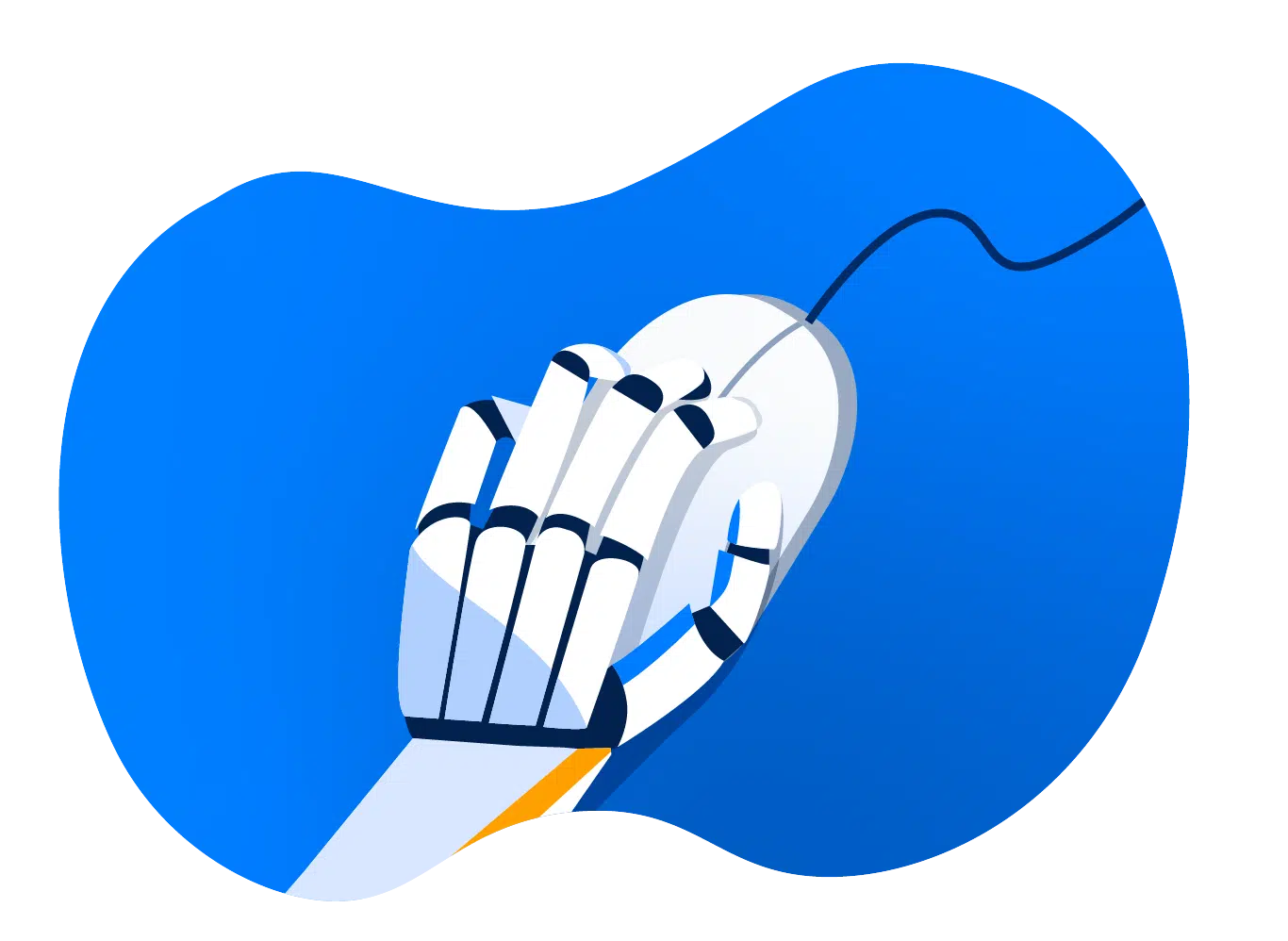
Automate Your Work
Capacity’s enterprise AI chatbot can help:
- Answer FAQs anytime, anywhere
- Find relevant documents within seconds
- Give surveys and collect feedback









































